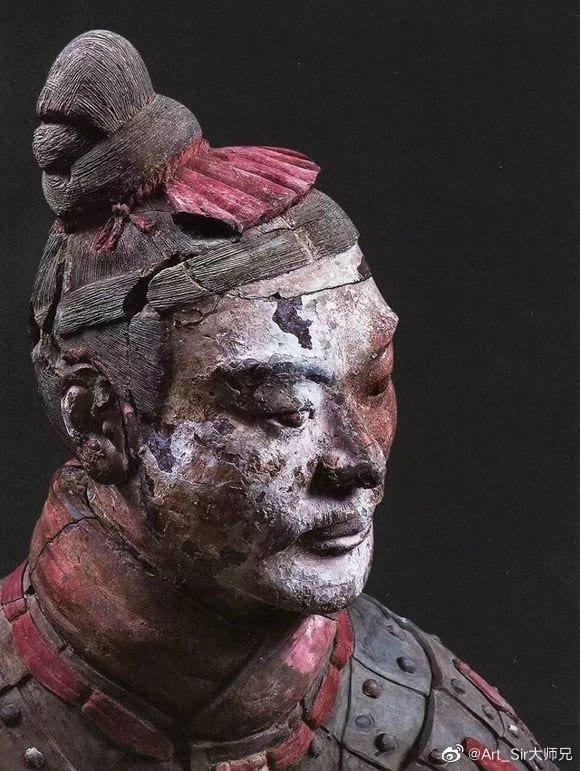Name : JOSE MARIA CHIQUILLO BARBER | Country : Spain | Website : UNESCO | Years Active : 5 years – as Chair of the UNESCO’s International Network of Silk Roads Focal Points. Focal Point Spain.

Q – How do you describe your work to people who don’t know anything about your field?
As a member of the International Network -Focal Point of Spain- and from the responsibility of President of the international network of focal points, to contribute to recover, preserve and disseminate the historical legacy of the Silk Routes, their great contribution to intercultural dialogue and value heritage common cultural forged for more than 2,000 years.
Q – What inspired you to become a curator?
My main professional dedication is linked to the world of Law. I was interested in the Silk Road for its contribution to Intercultural Dialogue and International Development Cooperation, and its contribution to promoting the values of the Culture of Peace and coexistence among Peoples.
Q – Why did you choose this particular field (of research)?
For being a firm defender of the principles and values that UNESCO, Culture and Education have promoted since its foundation as tools to ensure sustainable human development, respect and tolerance.
Q – What is the most memorable object you’ve researched, or worked with?
I published a paper on Silk Roads as a catalytic instrument to achieve the Sustainable Development Goals contemplated in the United Nations 2030 Agenda, deepening the strengths of Culture and Tourism to promote Dialogue, from respect for diversity and combat social inequalities between peoples.

Q – Do you recall when was the first time you heard of the phrase “Silk Road”? What was your first impression of it?
My first reference to the Silk Road was in 2012 when I saw a documentary produced by the Regional Television RTVV of Valencia (Spain) entitled “Lost Paths”, in which for 10 episodes an exciting journey through time from East to West is lived , its historical contribution and the role of Valencia, my city, in that great path of culture, commerce and exchanges that the Silk Routes meant. It seemed to me a story of great historical power, a fact that contributed decisively to the world today, for the contributions that from the heart of the world contributed to weaving a network of roads where culture, commerce, inventions, technologies, religions, etc. they shared fruitfully on a path of dialogue.
Q – What is your most memorable experience of travelling along the Silk Road?
Without a doubt, my trip in May 2015 to the City of Xi’An, a unique experience in every way.

Q – Which city or region along the Silk Road are you looking forward to visit, for the first time?
City?… Samarkand (Uzbekistan)… Crossroad of Cultures.
Q – What language(s) spoken along the Silk Road have you studied, or would wish to study?
I would like to study the Persian language.
Q – What is the hardest part of your work that people don’t realize?
The research work being carried out by UNESCO on the Silk Routes and its Interactive Atlas and the dissemination work carried out by the national focal points through events, conferences and meetings to promote knowledge of the historical value of the Ruta de la Silk.
Q – What is your dream (or even fantasy) research project?
Study, design and promote a European Cultural Itinerary of the Silk Road in the Mediterranean area.
Q – If it were possible, what historic figure would you like to meet? Why?
I wish I had met Admiral de Marina Zheng He and Marco Polo … two illustrious characters born on the Silk Road.
 Q – What movie best depicts a historic or aesthetic aspect of the Silk Road?
Q – What movie best depicts a historic or aesthetic aspect of the Silk Road?
“The Silk Road” Documentary produced by the BBC in 2016, a series that offers a magnificent vision of what was and meant the world’s first superhighway where people and peoples with new ideas, new cultures and new religions made exchanges that shaped The humanity.
Q – What music or soundtrack most embodies the sound of the Silk Road for you?
The CD “East and the Mediterranean. The Silk Road” is one of the most significant achievements in the history of civilizations. Along the great Silk Road not only commercial caravans circulated, but also the cultures of the peoples, spiritual values, and religious ideas. The compilation work recreates a musical journey through the musical and artistic creativity of the Silk Road.
Q – What fundamental change(s) in your work do you anticipate in the post-pandemic world?
We have to rethink our commitment to research and development, investment in science is basic, in health equipment, prevent from epidemiological surveillance plans, promote public-private collaboration and think and act globally.
The response to new challenges and the new scenario must be global from the principles of science and research, cooperation and solidarity.
Q – What modern day cultural trend (sports, music, art, architecture) has its roots in the Silk Road – that majority do not know?
Gastronomy, music and sports values.
